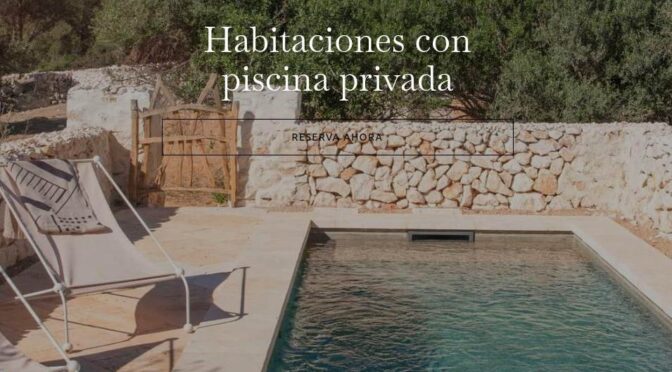Views: 912
The case of the 9 illegal pools discovered at the Sant Llorenç agritourism adds to the well-known case of the 7 pools at Torre Vella. The striking similarity between these cases suggests a common strategy to bypass environmental regulations through deception.
A technical coincidence with different developers
Both agritourism projects underwent environmental impact assessments. In both cases, the plans included reservoirs or ponds aimed at collecting rainwater or treated wastewater to reduce the extraction of groundwater for tourism-related needs (e.g., showers, kitchens, gardening).
These reservoirs, however, were later transformed into swimming pools, and openly advertised as such on the companies’ digital platforms.
Despite having different developers, the exact same tactic was used to deceive the environmental assessment process, which might have otherwise resulted in a rejection. This raises the question of whether there are shared connections among the technical teams involved in both projects that warrant further investigation.
No Final Inspection?
Both Torre Vella and Sant Llorenç agritourisms took advantage of relaxed restrictions introduced by the Transitional Territorial Norm (Norma Territorial Transitòria). This regulation allowed the conversion of existing agricultural buildings for tourism use without limits on the number of accommodations or requirements regarding the buildings’ age. These parameters are now regulated under the current Territorial Plan (PTI).
Together, these projects represent major construction interventions on protected rural land (ANEI in Sant Llorenç, ANIT in Torre Vella).
It is striking that it was an NGO that uncovered these blatant irregularities.
- Was a final inspection conducted to check the completed works?
- Were operating licenses granted without verifying the final outcome of these projects?
- Is there a clear timeline of the relevant dates?
Stronger oversight and enforcement are essential to prevent such abuses in the future.

